Models
Model |
Configuration |
Years |
# Produced |
|---|---|---|---|
| Type A | Utility |
1936-1938 |
|
| TE-20 | Utility |
1946-1956 |
|
| TO-20 | Utility |
1948-1951 |
|
| TEA-20 | Utility |
1948-1956 |
|
| TO-30 | Utility |
1951-1954 |
|
| TEF-20 | Utility |
1951-1956 |
|
| TO-35 (Gas) | Utility |
1954-1960 |
|
| F40 Utility | Utility |
1956-1957 |
|
| F40 Single | Single |
1956-1957 |
|
| F40 Two-Wheels | Two-Wheels |
1956-1957 |
|
| F40 Row-Crop | Row-Crop |
1956-1957 |
|
| F40 High-Clearance | High-Cleance |
1956-1957 |
|
| TO-35 (Diesel) | Utility |
1958-1960 |



